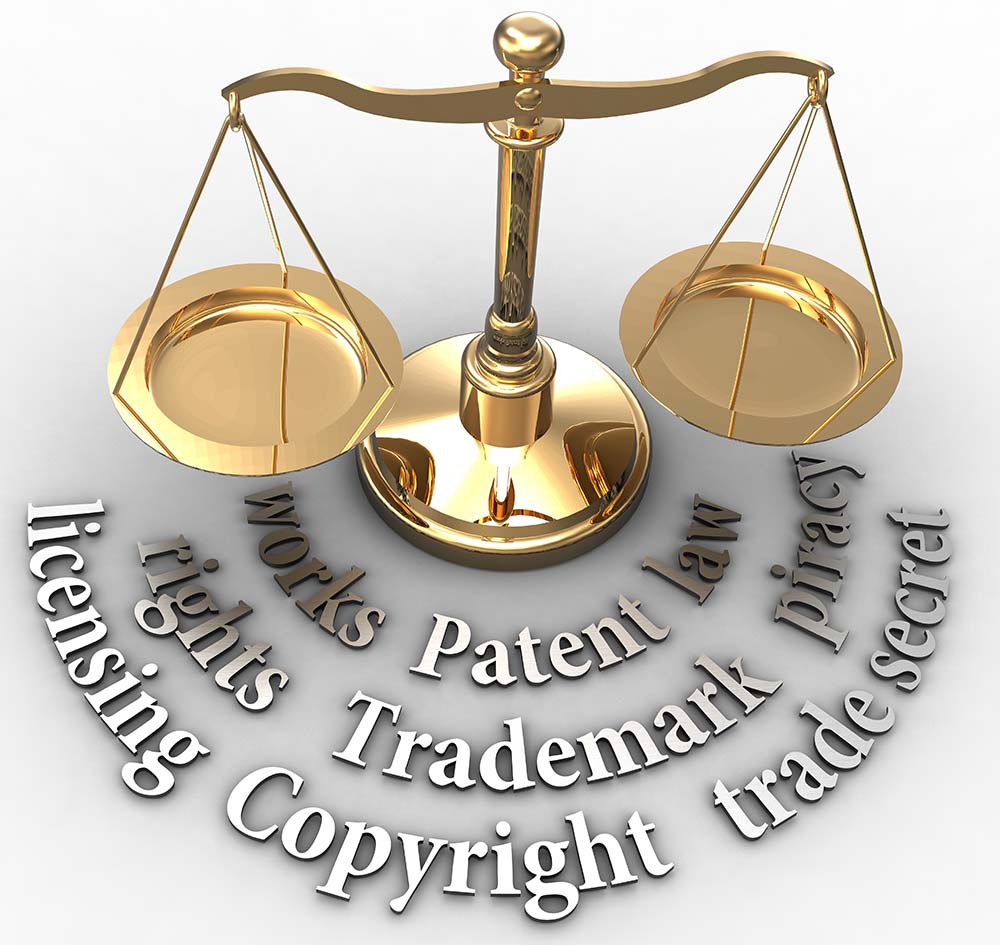A patent, or invention, is any assemblage of technologies or ideas that you can put together that nobody put together that way before. That’s how the patent office defines it. That’s an invention.” – Dean Kamen
In Part 1 of this series, I covered the definition of a United States Utility Patent and the importance of basic Employment Agreements. We’ll discuss here the various different ways a patent can be used.
(3) How should a patent be used?
In order to decide what inventions are appropriate for patents in a startup, it is necessary to understand how patents can be used. Essentially, there are four ways in which a patent can be used by a startup.
(A) Provide Credibility to Stakeholders and Increase Valuation
One common use of a patent is to provide credibility in order to gain the support of investors and collaborators, including potential partners, customers, vendors and employees. A viable patent strategy can be very important in getting financing for your startup and also getting a better valuation. Investors want to know you have a sustainable competitive advantage, and a viable IP protection strategy that includes important patents, where appropriate. In a YouTube video series, by Jeff Schox, he provides some interesting commentary on the subject of patents for startups, including one that discusses what investors want to hear. Some of this information is dated, so check with your patent attorney before relying on this information, but the fundamental concepts remain true.
(B) Defensive Purposes
A key element to a defensive patent strategy is to have patents that are likely to be infringed by those that might assert their patents against the startup. In a defensive strategy, the startup does not pursue litigation or an aggressive licensing strategy for their patents with competitors. Instead, they use their patents as a ‘bargaining chip” or “bartering tool” in the event that a larger competitor were to pursue litigation against them. If a competitor has significant sales revenue from a product that infringes a patent, then the potential damages could be high. Conversely, the relatively lower sales revenue of a startup will result in less substantial damages. Therefore, if minimal damages would come from asserting a patent against a startup, there would have to be a relatively high threat posed by the startup for a large company to invest in litigation. Add to that the possibility of having relatively large damages imposed by the startup for infringement of the startup’s patent, and it may be possible to avoid a nasty battle. Of course, in addition to providing for damages in the case of infringement, a patent may allow for “injunctive relief” to prevent an infringer from continuing to ship a product that infringes a patent. While this can mean the demise of a startup, it can also result in huge damage to the larger competitor. That is, there will be substantial disincentives for a large company to enter litigation with a startup if the startup can enjoin sales of a profitable product.
(C) Competitive Strategy and Building Barriers to Entry
Patents can be used to preclude your potential competitors from entering the market with a competitive product. While this might initially sound like the most attractive use of a patent, in fact, it can be the least attractive use because litigation is costly, and infringement can be difficult to prove. In addition to high attorney’s fees, there are substantial burdens and costs imposed due to the distraction and amount of time that will have to be devoted to the litigation. It may require engineering, accounting, and Information Technology (IT) department time to support the litigation team and to provide them with the necessary information to assert the patent. In addition, it is common for a party that asserts a patent to be counter sued by the accused infringer, which results in additional cost and disruption.
(D) Generating Revenue from Patent Licensing
In some cases, it is more advantageous to license your patents to a competitor than to try to preclude them from competing. A good competitor can offer customers a reliable second source for products, giving the customer a sense of security that they will be able to continue getting supplies, even if the startup falters. Furthermore, a good competitor can help spread the word and increase the market for the product, reducing the burden on the startup to show the market the way. At the same time, by licensing your patents, the startup receives revenue with little burden and simultaneously adds to the cost of the competitor’s product, increasing their competitive burden.
Do you have a strategy on how you plan to use your patents and an established process for developing your patent portfolio? What is your experience with patent and IP protection strategies? We’d love to hear from you!

